70+
Years in
in this business
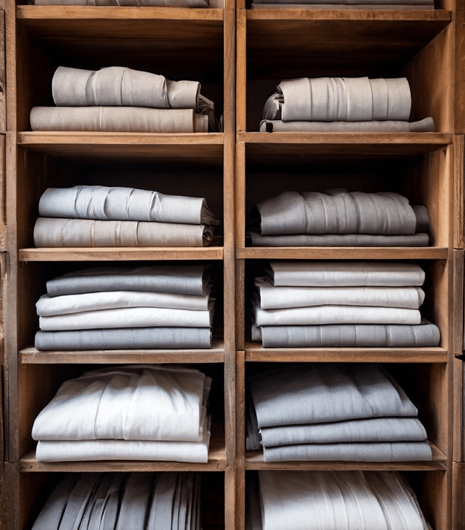
Years in
in this business

Greige fabrics are raw, unfinished textiles that come directly from the loom or knitting machine. These fabrics are in their natural state, retaining the original colour of the fibre, which is usually light, off-white or beige. As they have not undergone any bleaching, dyeing, or finishing processes, greige fabrics provide a versatile base for further customization. Their natural texture and appearance can vary depending on the type of fibre used, such as cotton, linen, or viscose, and the method of weaving or knitting. Because they are unprocessed, greige fabrics are often more cost-effective than their finished counterparts, making them an economical choice for manufacturers and designers.
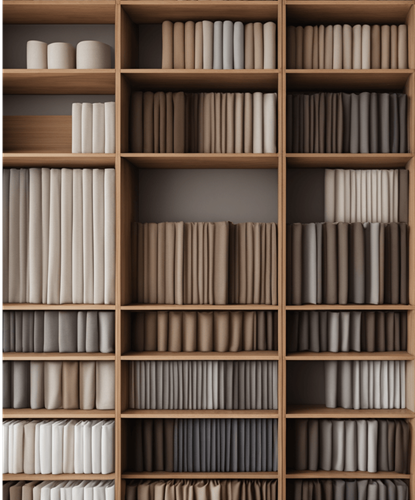
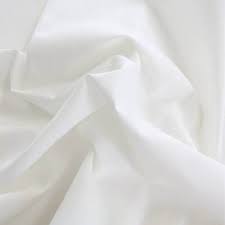
RFD (Ready for Dyeing) fabrics are a crucial step in the textile processing chain, positioned between greige and finished fabrics. Unlike greige fabrics, RFD fabrics have undergone pre-treatment processes such as de-sizing, scouring, and bleaching to remove impurities and prepare them for dyeing. These preparations make RFD fabrics highly receptive to dyes, ensuring uniform dye uptake and colour accuracy. Typically bleached to a white or off-white colour, RFD fabrics eliminate the natural hue of the fibre, providing a consistent and clean base for further processing.

Dyed fabrics are textiles that have undergone a dyeing process to achieve a desired colour. This process can be performed on various types of fabrics, including cotton, silk, wool, and synthetic fibres. Dyeing can be done at different stages of the textile production process, such as fibre, yarn, fabric, or garment dyeing. The result is a fabric with a consistent and uniform colour that meets specific design requirements. Dyed fabrics are widely used in the fashion industry, home decor, and various other applications due to their vibrant and long-lasting colours.
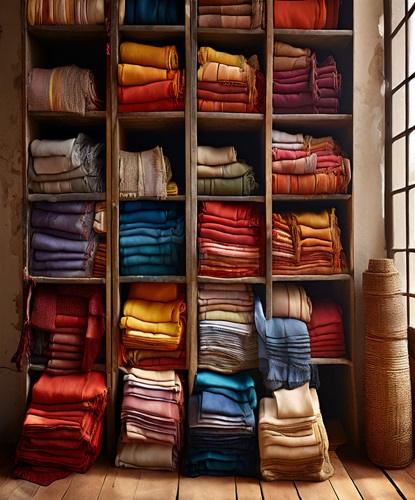

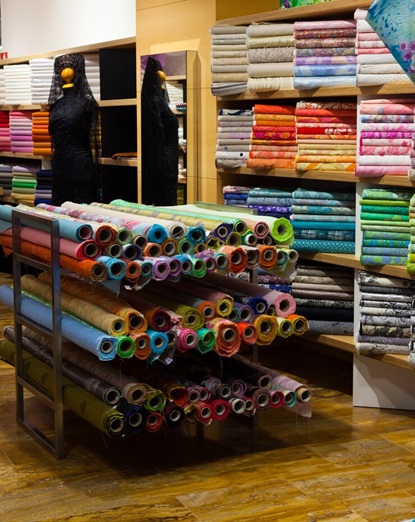
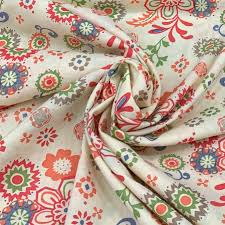
Printed fabrics are textiles that feature patterns or designs applied through various printing techniques. Unlike dyed fabrics, where the colour is uniform throughout, printed fabrics have specific areas coloured to create intricate designs, patterns, or images. Common printing methods include screen printing, digital printing, and block printing. Each technique offers unique advantages in terms of detail, colour vibrancy, and production efficiency.Printed fabrics are popular in fashion, interior design, and other industries where visual appeal is paramount. They allow for high levels of customization and can be tailored to reflect current trends or unique artistic visions.

Embroidered fabrics are textiles adorned with intricate designs created by stitching threads onto the fabric's surface. This decorative technique can be done by hand or machine, using various types of threads such as cotton, silk, or metallic. Hand embroidery is often valued for its artisanal quality and detailed craftsmanship, while machine embroidery allows for precise and uniform patterns, suitable for larger production runs. Embroidered fabrics add a touch of elegance and sophistication to garments and home decor items. The designs on embroidered fabrics can range from simple motifs to complex patterns, including floral arrangements, geometric shapes, and cultural symbols. These fabrics are widely used in fashion for creating bespoke garments, eveningwear, bridal gowns, and accessories.
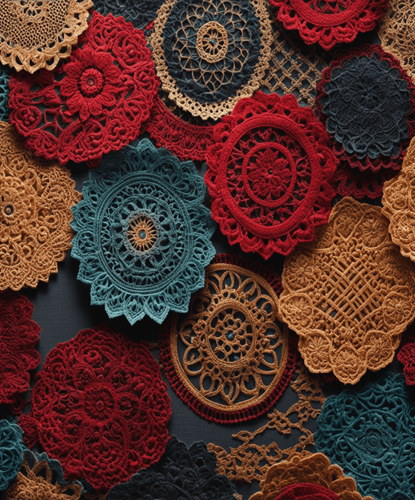
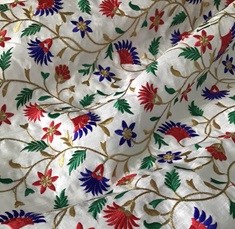

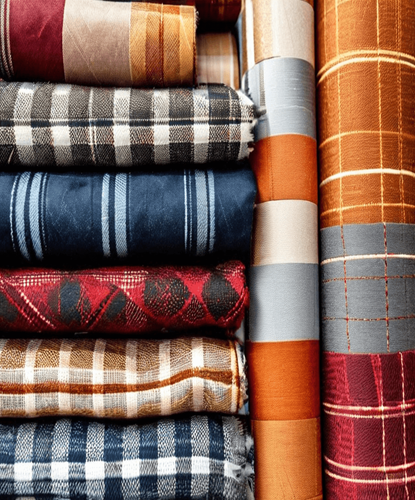
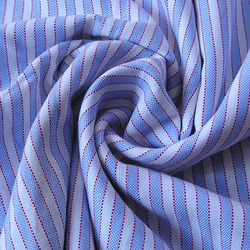
Yarn-dyed fabrics are textiles created by dyeing the yarns before they are woven or knitted into fabric. This method ensures that the colour penetrates deeply into the fibres, resulting in fabrics with vibrant, long-lasting colours and patterns. Yarn dyeing allows for the creation of intricate designs and colour combinations that are difficult to achieve with piece-dyeing techniques. The process is commonly used for producing plaids, stripes, checks, and jacquard patterns, adding depth and texture to the fabric. The yarn dyeing process involves dyeing the yarns in large vats before they are woven or knitted.
